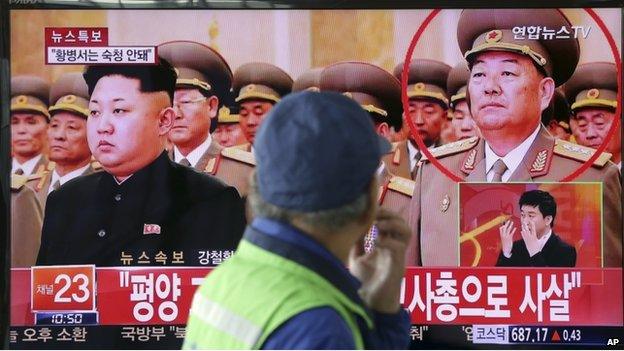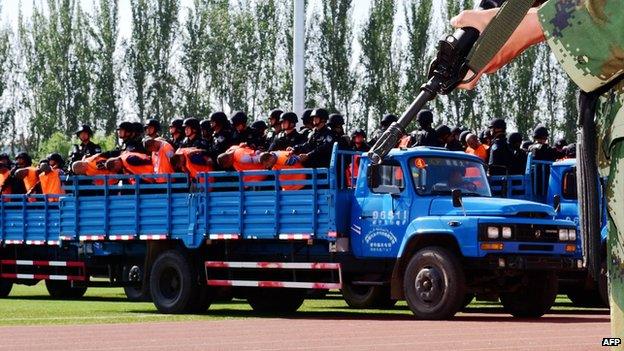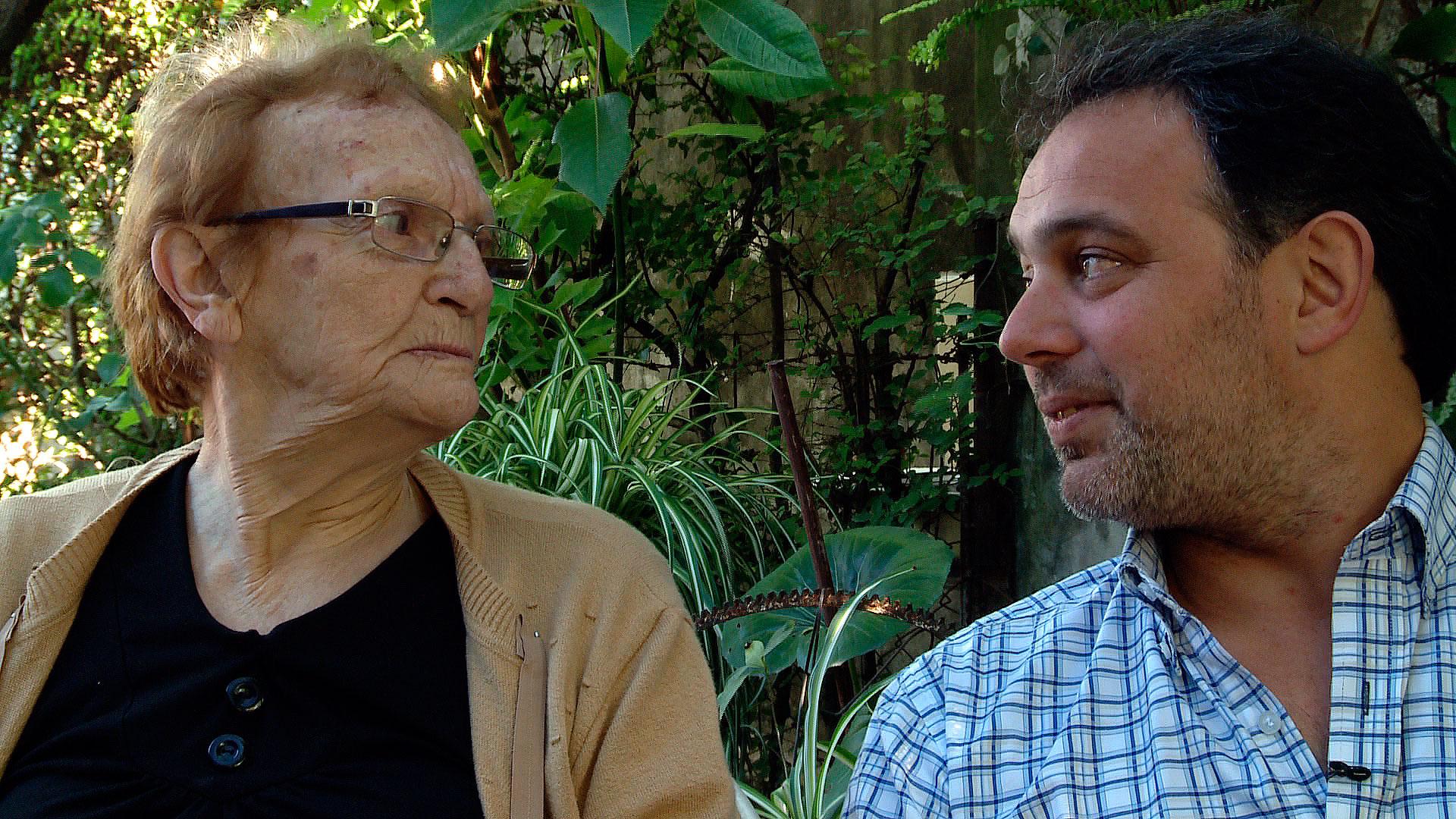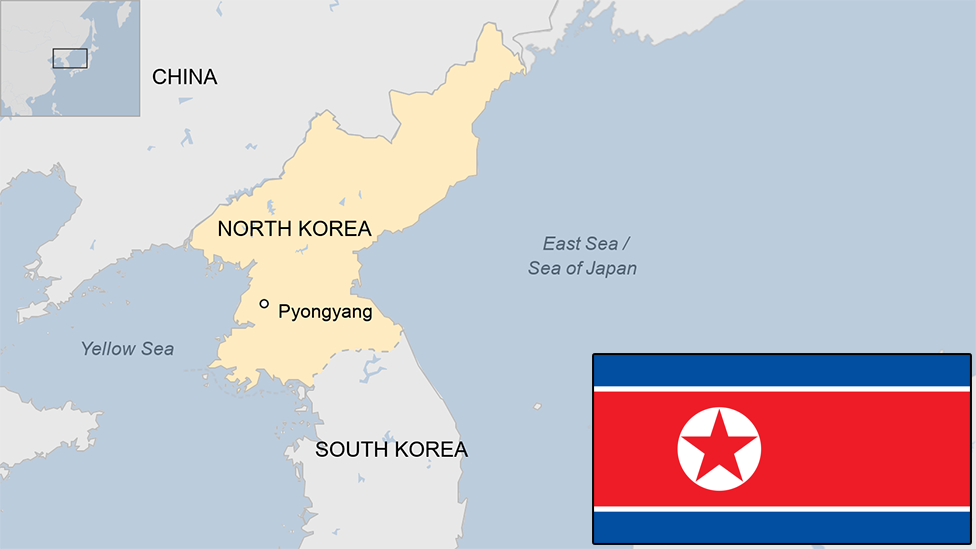Fear and control: The message behind brutal executions
- Published

Hyon was reportedly standing not far from the anti-aircraft guns when he was killed
Amid reports of Hyon Yong-chol's death by anti-aircraft gunfire, analysts say North Korea clearly wanted to send one clear message - that no one person can be more important than the state.
Paul French, who has written on North Korean state control, told BBC World News that Hyon's execution was about the "total obliteration of someone, and of any opposition, and therefore having total control".
The idea "is to render a person a non-person... so there isn't even a corpse left to give to the family for burial," said Alexander Neill, a senior fellow with think tank II-SS.
"What underlies all this is the psychology of the identity of an individual in a regime, and once they are disloyal they are effectively a non-entity."
'Death flights'
North Korea is not alone in conducting brutal executions.
When Argentina's last military government was in power from 1976 to 1983, it executed people by throwing them out of planes into the ocean, in a practice known as "death flights".
Other countries have a history of abusing a prisoner's corpse after execution.
In Sudan and Saudi Arabia, prisoners can be crucified as punishment but it is usually done after he or she is killed by a more conventional method such as hanging or decapitation.
Ugandan despot Idi Amin reportedly fed the bodies of dead prisoners to crocodiles.
Public humiliation

In May 2014 dozens of prisoners were taken to a mass sentencing in Xinjiang
Brutally executing someone in the public eye is designed as "humiliation of the highest order", said Mr Neill.
In a similar vein, China has held mass show trials of prisoners accused of terrorism in Xinjiang.
These involved prisoners paraded in trucks in sports stadiums and physically restrained so that they are forced to bow.
These "reinforce that the collective is more important than the individual, and it's about controlling thoughts rather than behaviour," said Mr Neill.
- Published13 May 2015

- Published24 March 2013

- Published19 July 2023
